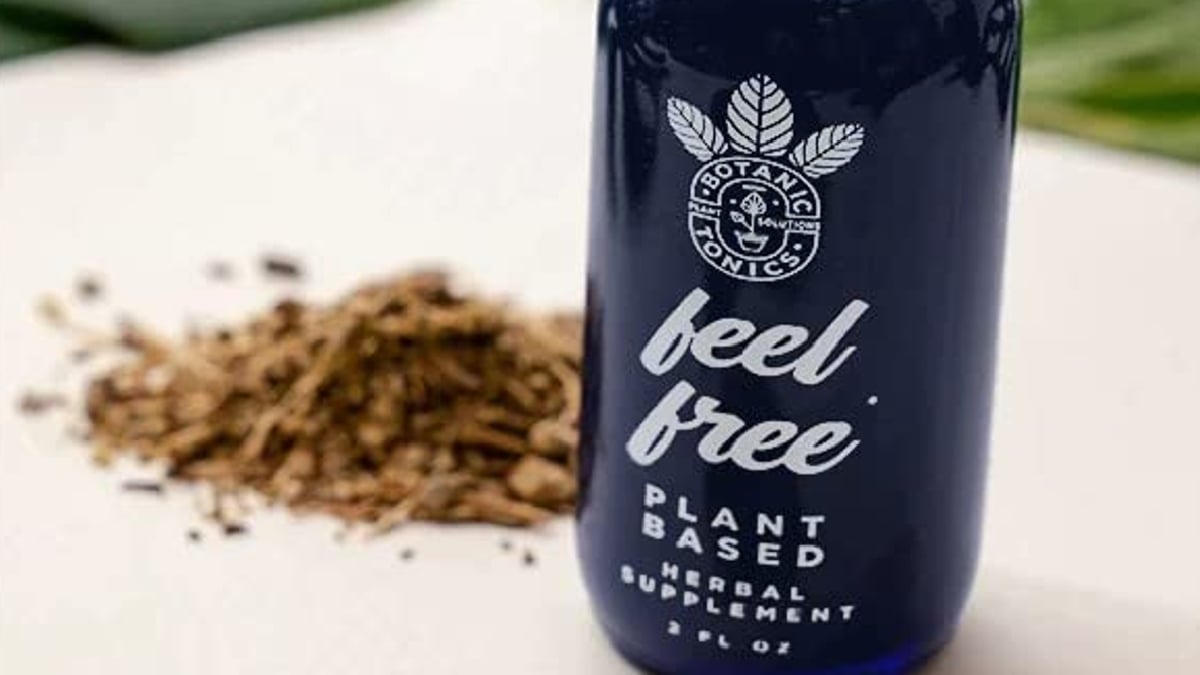At a time period in which wellness is on everyone’s mind — perhaps due to a global health issue that has plagued humanity for the last few years — people constantly searching for new ways to improve their health. Unfortunately, for some individuals, this aspiration sometimes leads to its deterioration instead.
In recent years, the Feel Free wellness drinks have been making their way into the mainstream, as consumers try out different options that may increase their chances of living a better, if not longer, life. This product is sold by Botanic Tonics, a beverage company based in Santa Monica, which advertised Feel Free as a kava-based means to help with focus and productivity.
After these drinks started circulation, though, a few people have come out saying that Feel Free can be dangerous for folks with a history of substance abuse. When a man decided to file a lawsuit against Botanic Tonics over the product, the controversy only grew.
The Feel Free lawsuit and controversy
As reported by Daily Mail, Romulo Torres sued the company after allegedly being hospitalized twice in a year. According to him, the hospital visits happened after Torres consumed Feel Free, and were due to the beverage’s high concentration of kratom, which got him addicted to the product. Torres further claims that to avoid the withdrawal symptoms he experienced when trying to quit Feel Free, he started consuming alcohol again, a substance he had previously also struggled with.
For those who don’t know, kratom is a herb with psychoactive ingredients, such as 7-hydroxymitragynine and mitragynine. While the plant is legal in some countries, including the U.S., the Food and Drug Administration has issued a warning against its consumption. Despite this, Torres claims in his lawsuit that, in reality, kratom is the main ingredient in the Feel Free tonic.
As a response to the lawsuit, Botanic Tonics told the Daily Mail that “Botanic Tonics products are safe and manufactured, marketed, and distributed to the highest industry standards including product safety testing from certified third-party laboratories and adherence to the FDA’s good manufacturing requirements.”

